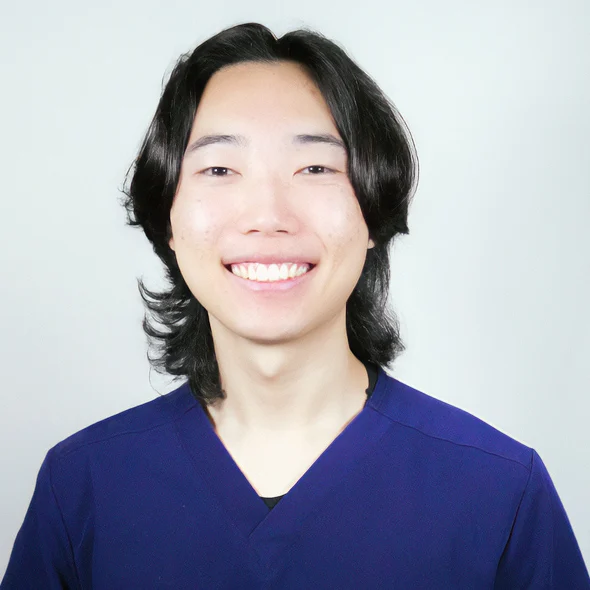Welcome back to the blog! Today, we will be exploring the realm of neurofeedback and its potential benefits for individuals with Attention Deficit Hyperactivity Disorder (ADHD). Join us as we delve into the world of brain training and discover how it can help unlock hidden potential.
Understanding ADHD
Before we dive into the wonders of neurofeedback, let’s quickly recap what ADHD is. ADHD is a neurodevelopmental disorder – meaning it affects the development of the nervous system and leads to varied brain function. Is is characterized by difficulties with attention, hyperactivity, and impulsivity. It affects people of all ages, making it challenging to concentrate, stay organized, and manage time effectively.
Unveiling the Power of Neurofeedback
Neurofeedback is an innovative technique that utilizes the power of real-time brain activity monitoring to train and regulate brainwaves. This non-invasive process aims to help individuals improve self-regulation and optimize brain functioning. Here’s how it works:
- Brainwave Monitoring: During a neurofeedback session, sensors are placed on the scalp to measure the electrical activity of the brain. This data is then processed and displayed on a screen in the form of visual or auditory feedback.
- Positive Reinforcement: The feedback provided during a neurofeedback session is designed to guide the brain towards more balanced and optimal patterns. When the brain produces desired patterns, such as increased focus or reduced impulsivity, the individual receives positive reinforcement, like a rewarding sound or visual cue. As an example, John Doe has chosen to watch the Minions movie for his neurofeedback session. When John’s brain is acting optimally, the screen brightens showing him the full color of the movie. He also hears an auditory cue of birds chirping. John’s brain craves and chases after that reward, and is encouraged to keep acting optimally. If John gets distracted, or his brain begins to act sub-optimally, the screen will dim and make it hard for John to see the movie. This is the positive reinforcement and punishment placed upon John to train his brain.
- Neuroplasticity at Work: Neurofeedback leverages the brain’s remarkable ability to rewire itself, known as neuroplasticity. With repeated sessions, the brain learns to self-regulate and create more efficient neural pathways, leading to improved attention and behavioral control.
Benefits of Neurofeedback for ADHD
Neurofeedback has shown promising results in helping individuals with ADHD manage their symptoms and enhance overall well-being. Let’s explore some of its potential benefits:
- Improved Attention and Focus: Neurofeedback training targets the brain regions responsible for attention, helping individuals enhance their ability to concentrate and sustain focus on tasks.
- Enhanced Self-Regulation: By training the brain to regulate its activity, neurofeedback can assist individuals in gaining better control over impulsive behaviors, reducing hyperactivity, and promoting emotional regulation.
- Reduced Medication Dependency: While neurofeedback does not replace medication, it can complement traditional ADHD treatments. Some individuals may experience a reduction in medication dosage or fewer side effects, thanks to the improvements achieved through neurofeedback.
Integrating Neurofeedback into ADHD Treatment
Incorporating neurofeedback into a comprehensive ADHD treatment plan can maximize its effectiveness. Here are some key considerations:
- Professional Guidance: Seek guidance from qualified healthcare professionals, such as neurofeedback specialists or licensed therapists. These professionals can design a personalized neurofeedback program tailored to your specific needs.
- Consistency and Patience: Neurofeedback is not an instant fix. It requires commitment and consistency to yield noticeable results. Regular sessions over several weeks or months are typically recommended for optimal outcomes.
- Holistic Approach: Combine neurofeedback with other evidence-based interventions, such as behavioral therapy, lifestyle adjustments, and self-care practices, to create a comprehensive approach to managing ADHD symptoms.
Neurofeedback offers an exciting avenue for individuals with ADHD to take control of their cognitive and behavioral challenges. By training the brain to optimize its functioning, neurofeedback can empower individuals to unlock their hidden potential and lead fulfilling lives. Remember, neurofeedback is just one tool among many in the ADHD toolbox, and a multidimensional approach is often the key to success.







